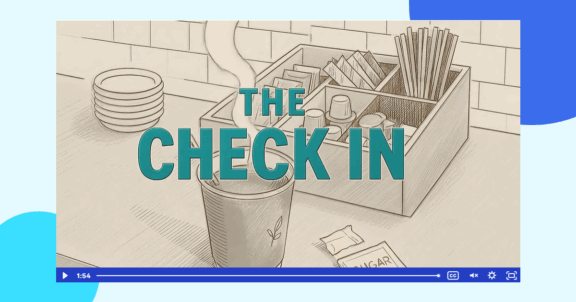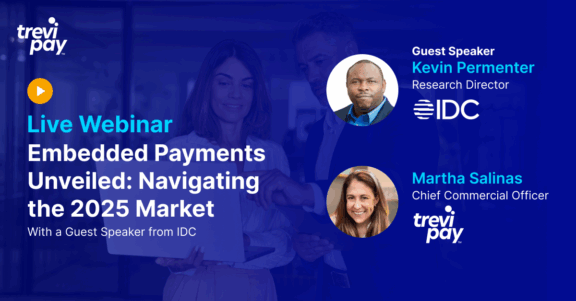In today’s fast-evolving digital economy, the payment landscape is more complex than ever, especially for B2B businesses. Behind every seamless transaction lies a tangled web of systems, providers, currencies, technologies, and compliance requirements that merchants must navigate.
While your core business may not revolve around payments, your ability to manage them efficiently can directly impact growth, customer experience, and profitability.
That’s where payments orchestration comes in. By unifying and streamlining the entire payments ecosystem, orchestration helps businesses overcome fragmentation, reduce friction, and stay agile in a competitive market.
Defining Payment Orchestration
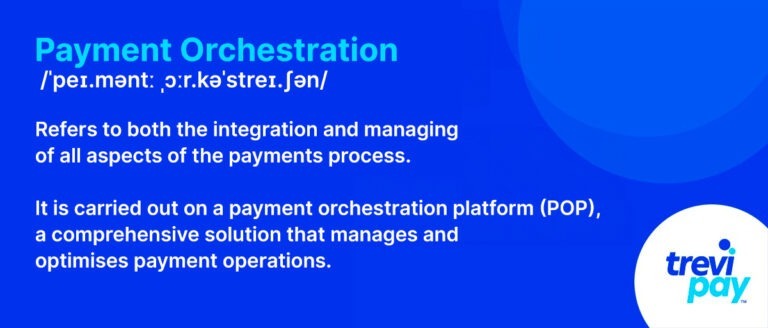
Payment orchestration refers to both the integration and management of all aspects of the payments process.
It is carried out on a payment orchestration platform (POP), which is a comprehensive solution that manages and optimizes payment operations, connecting merchants, payment service providers (PSPs), acquirers, banks and other key stakeholders through one single unified interface.
Payment orchestration is often referred to as the ‘payment orchestration layer’. This is because it acts as a layer between the merchant and their payment services.
In effect, payment orchestration offers merchants what merchants offer customers: a simplified end-to-end payment process.
Why Is It Called Payment Orchestration?
Payment orchestration is an apt name because it provides an appropriate metaphor for what it does.
Like orchestras, payments have multiple parties trying to work together in concert. These include:
- Cardholders
- Merchants
- Issuing banks
- Issuing processors
- Payment gateways
- Acquiring processors
- Acquiring banks
To the two primary parties (cardholders and merchants), the payment process appears simple. After all, this is the whole point of it.
But in reality, it is an increasingly sophisticated and complex process. And increasingly so: new players and (financial) instruments regularly join the orchestra.
So, without orchestration, the whole payment process will become increasingly fragmented, disordered and out of tune.
A Harmonized Experience for the Customer
The term ‘payment orchestration’ can be used by companies with subtly different operating models.
- Agnostic Model: In its purest sense, it tends to refer to companies that are payments agnostic. That is, companies that will simply route payments in the most efficient and cost-effective way, regardless of provider.
- Hybrid Model: The hybrid model involves orchestration providers offering a solution that favors their own preferred payment networks.
There isn’t currently a clear distinction between these kinds of providers. Some in the industry believe that there should be.
Global Payment Orchestration for Enterprise
In the dynamic territory of international trade, businesses seek streamlined solutions to navigate complex payment ecosystems seamlessly. Global payment orchestration emerges as a strategic asset, empowering enterprises to optimize payment processes worldwide for enhanced efficiency and effectiveness.
Global payment orchestration serves as a centralized hub, integrating diverse payment methods, currencies and regulatory requirements across borders. This unified approach simplifies complexity for businesses operating on a global scale, facilitating smoother transactions and enhanced operational agility.
Benefits of Payment Orchestration
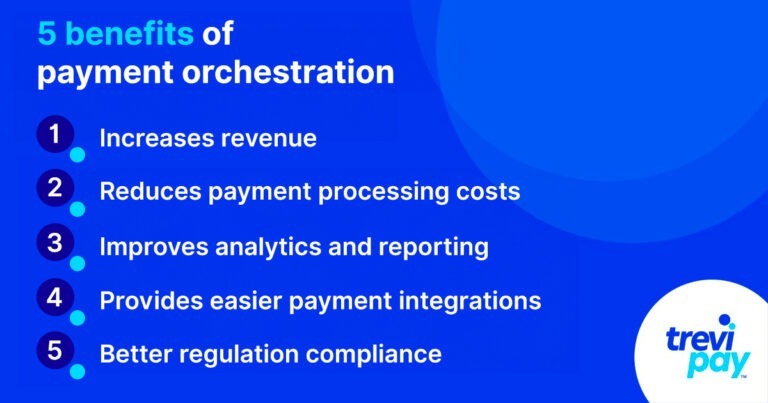
There are several immediate benefits to payment orchestration. Collectively, these benefits also increase your company’s ability to scale and enter new markets.
1. Increases revenue
Payment orchestration can increase revenue in two main ways.
It increases authorization rates by routing via different acquirers when issuing banks decline transactions. And it improves conversions through this routing process and the fact that it helps make more payment methods available.
2. Reduces payment processing costs
Payment orchestration automates finding the most cost-effective pathway for transactions. It calculates the variables needed to attain lower acceptance costs and better pricing.
One way it does this is through tokenization, which is a method of replacing sensitive data, such as credit card numbers, with unique identifiers called ‘tokens’.
This lowers payment costs in several ways, including reducing the risk of data breaches and simplifying the compliance issues.
3. Improves analytics and reporting
Payment orchestration allows for the consolidation of data and analytics. This includes information on basket abandonment rates, 3D Secure (3DS) declines and more.
This access to a comprehensive and holistic view of data can help an organization to make more informed business decisions and reduce reporting errors.
It also helps automate and streamline reporting processes with real-time data across platforms for multiple team members and stakeholders.
4. Provides easier payment integrations
The services provided via the payment orchestration platform free up an IT team from many integration and maintenance tasks.
Payment orchestration providers bring technical know-how, experience, and industry expertise. They can also provide industry insight and trends analysis, especially in areas like B2B payment automation, where streamlining invoicing and reconciliation is critical to scaling operations.
5. Better regulation compliance
If a business is looking to enter new markets, keeping up to date on regulatory compliance is essential. Payment orchestration platforms help stay on top of this.
It does this by maintaining data security standards and local payment methods per region. This includes providing automated updates for regulatory changes.
This simplifies market expansion by significantly easing the burden of regulatory compliance when doing so.
How Payment Orchestration Enhances Payment Processes
Many of the above benefits are achieved through the following three ways.
1. Increasing the range of payment methods you can accept
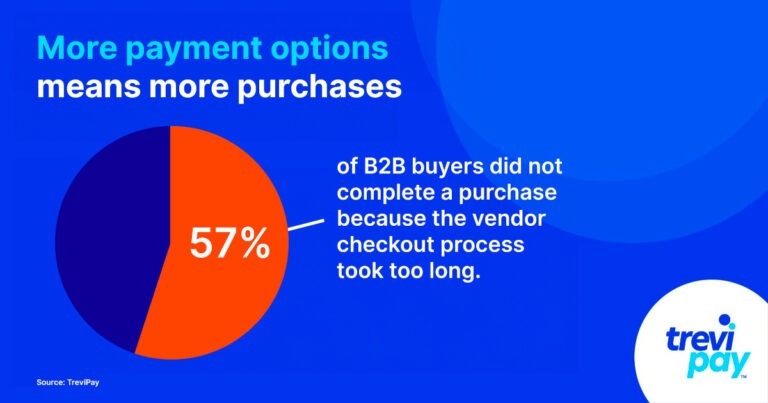
Payment orchestration platforms can incorporate new payment providers, methods and currencies into your existing available payment options.
If you rely on a single payment service provider, you might not be able to easily add other payment options. Or you might have to manage them on separate platforms.
Increasing your range of accepted payments increases the range of clients you can convert.
2. Routing transactions
When your customers’ attempted transactions fail, payment orchestration platforms can automatically route those requests to another payment processor.
This increases the chance the transaction will still take place. And it reduces the number of declines your customer experiences.
Instead of your customer having to find an alternative payment method (or, worse, an alternative seller), a payment orchestration platform finds them an alternative payment pathway.
This positively contributes to the customer’s user experience.
3. Handling settlements
In payments, settlement refers to the process of transaction funds being transferred from the buyer’s account to the seller’s account. It comes after the authorization and clearing processes are completed.
Payment orchestration consolidates, including settlements, and helps you track them in real-time, streamlining accounts receivable processes and ensuring consistent cash flow management. It also standardizes and automates them.
So, instead of managing multiple formats and procedures for different gateways or providers, companies can follow a single, streamlined settlement process.
Finally, orchestration services support cross-border settlements by managing currency conversions and adhering to regional settlement regulations.
Who Needs Payment Orchestration?
A variety of different companies benefit from payment orchestration.
In general, large merchants or merchants looking to scale should consider having more than one payment provider. This gives them control and flexibility.
However, it also means that there is more to manage. So, in theory, if your company relies on several payment providers, you should consider payment orchestration.
At present, this translates to companies working in eCommerce, travel, and many other cross-border industries. It also applies to companies that require multiple payment providers.
Payment Orchestration in the B2B Space
There are differences between how B2C and B2B companies operate, particularly in the areas of payments, marketing, order volume and frequency etc.
But payment orchestration is just as relevant to B2B companies now as it is to B2C ones. This is simply because it drives revenue, reduces costs and improves the buying process for B2B buying customers through optimized B2B payment solutions.
TreviPay’s B2B Payment Solutions
Payment orchestration has emerged as a critical tool for businesses navigating the intricate landscape of today’s global digital payments. Its ability to integrate various payment methods, streamline operations, and provide robust data analytics offers remarkable advantages for companies. These include driving revenue growth, minimizing processing costs, enhancing regulatory compliance, and enabling seamless payment integrations.
At TreviPay, our B2B payment solutions are designed to leverage these benefits, helping businesses increase acceptance rates and conversions. By partnering with BlueSnap, we offer a unified solution that simplifies reconciliation, reduces checkout friction, and integrates trade credit with card-based payment processing.
Learn more about how our payment solutions help B2B businesses grow.




